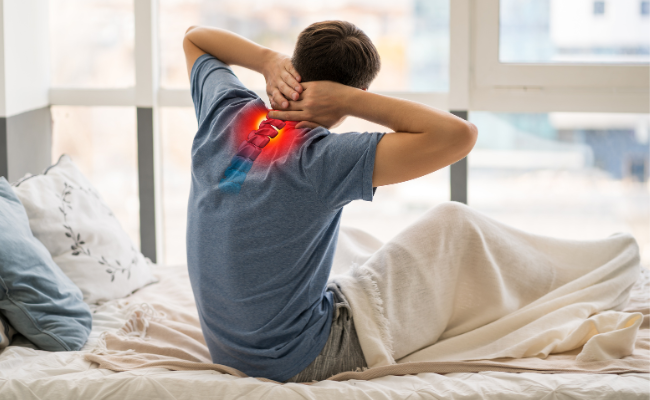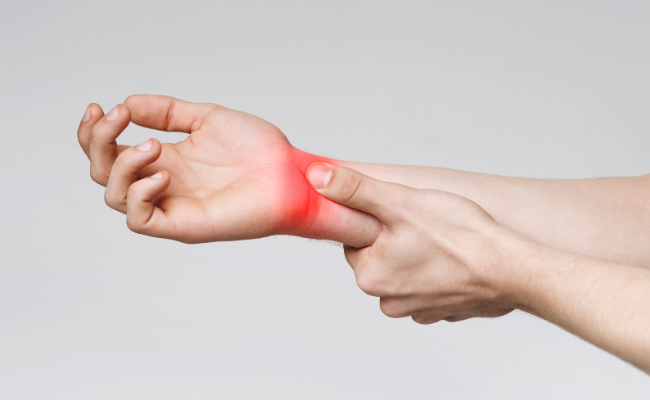How to Treat Internal Derangement Of Knee?
- September 30, 2023
- No Comments
What is Internal Derangement of the Knee?
The internal derangement of the knee is characterized by a state in which the structures within the knee joint, such as ligaments, menisci, or cartilage, undergo damage or disruption. This condition can be triggered by a range of factors, including injuries, degenerative changes, or overuse. Given the intricate nature of the knee joint, any disturbance in its internal components can lead to symptoms like pain, swelling, and compromised function.
Why Does Internal Derangement Occur?
Internal derangement of the knee can occur due to several reasons. One common cause is traumatic injury, such as a sudden blow to the knee or a forceful twist. Sports-related injuries, falls, or accidents are frequent culprits. Additionally, degenerative changes associated with aging can contribute to internal derangement. Conditions like osteoarthritis, where the cartilage wears away over time, can lead to the destabilization of the knee joint. Overuse injuries, especially in athletes or individuals engaged in repetitive activities, can also result in internal derangement.
How to Identify Internal Derangement of the Knee?
Identifying internal derangement of the knee involves a comprehensive evaluation by a healthcare professional. Common symptoms include pain, swelling, stiffness, and a sensation of instability. The affected individual may experience difficulty bearing weight on the affected leg or notice a clicking or popping sound during movement. Diagnosis often involves a combination of medical history, physical examination, and imaging studies such as X-rays or magnetic resonance imaging (MRI) to assess the extent of the damage.
Treatment Solutions for Internal Derangement of the Knee
- Rest and Activity Modification: One of the primary treatment approaches is to give the knee sufficient time to heal. Rest and avoiding activities that exacerbate symptoms can prevent further damage and promote recovery. This may involve using crutches to offload weight from the affected knee.
- Physical Therapy: Physical therapy plays a crucial role in the rehabilitation of internal derangement. Therapeutic exercises can strengthen the muscles around the knee, improve flexibility, and enhance joint stability. Physical therapists may also employ modalities such as ultrasound or electrical stimulation to alleviate pain and promote healing.
- Bracing: The use of braces or supportive devices can help stabilize the knee joint and reduce the risk of further injury. Bracing is particularly beneficial in cases where ligaments are involved in the derangement.
- Medications: Non-steroidal anti-inflammatory drugs (NSAIDs) can be prescribed to manage pain and reduce inflammation. In some cases, analgesics may also be recommended to alleviate discomfort.
- Injections: Corticosteroid injections may be administered directly into the knee joint to reduce inflammation and provide temporary relief from pain. Hyaluronic acid injections are another option that can improve joint lubrication and reduce friction.
- Surgical Intervention: In cases where conservative measures fail to provide relief, or if there is significant structural damage, surgical intervention may be necessary. Arthroscopic procedures allow surgeons to visualize and repair damaged structures within the knee using minimally invasive techniques. For instance, torn menisci can be trimmed or repaired, and ligaments can be reconstructed.
Benefits of Treating Internal Derangement of the Knee
- Pain Relief: Effective treatment aims to alleviate pain associated with internal derangement, improving the overall quality of life for individuals affected by this condition.
- Improved Functionality: Addressing the underlying issues through treatment can restore normal joint function. Physical therapy and rehabilitation exercises enhance the strength and flexibility of the knee, promoting better mobility.
- Prevention of Further Damage: Timely intervention and appropriate treatment help prevent the progression of internal derangement, reducing the risk of further damage to the knee joint.
- Enhanced Quality of Life: Managing symptoms and restoring knee function contribute to an improved quality of life for individuals dealing with internal derangement. This allows them to engage in daily activities and, in some cases, resume sports or recreational pursuits.
- Avoidance of Long-Term Complications: Neglecting internal derangement can lead to long-term complications such as chronic pain, joint instability, and increased susceptibility to osteoarthritis. Effective treatment can mitigate these risks.







Comments (0)
No comments yet